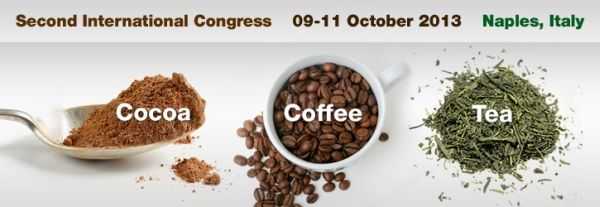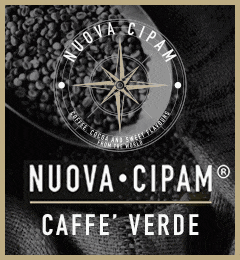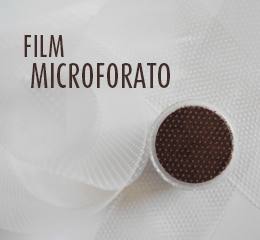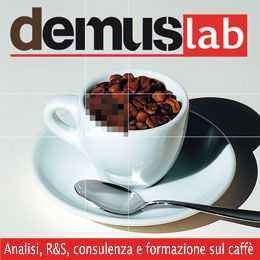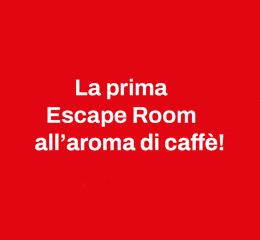Lin C. Caporaso F And Were L.Food Science Program, Schmid College of Science and Technology, Chapman University, California, USA. E-mail: were@.chapman.edu
Roasted coffee contains Maillard reaction products which possess antioxidant activity. The antioxidant effect of ground coffee on lipid oxidation in ground top round beef has been investigated in our laboratory, and was found to effectively retard lipid oxidation over a week of storage.
Microbes are another potential source of meat spoilage besides lipid oxidation. The microbial and sensory aspects of adding coffee to ground beef were thus investigated.
Light, medium, and dark roast ground coffee (0.375% w/w) was mixed with ground beef. The Aerobic Plate Count (APC) of raw ground beef samples with and without coffee were analysed on day 1, 3, 5, and 7 of refrigerated storage to determine microbial growth.
For sensory evaluation, patties were formed and cooked to an internal temperature of 71oC on day 1 and 3 of refrigerated storage. Changes in aroma and flavour due to added coffee were evaluated by eight trained panelists using Flaw-focused Attribute Scaling Technique (FAST), a descriptive analysis method.
To determine consumer acceptability, ground beef with medium roast ground coffee was evaluated by 75-100 untrained consumers.
Consumers rated the meat for overall flavour, juiciness and overall liking on a 9-point hedonic scale (like extremely-9, dislike extremely-1).
Results to date have not detected a reduction in microbial counts with added coffee over storage time of the meat. All degrees of coffee roast however affected flavour of meat, with the difference with added coffee considered positive.
For the consumer panel, consumers gave ground beef with coffee the same or higher acceptability ratings compared to the control.
Results suggest that at the levels found to retard lipid oxidation, coffee did not negatively affect the sensory attributes of beef.
Coffee can thus be successfully used as a natural antioxidant to extend chemical shelf life of meat without compromising the sensory attributes.



